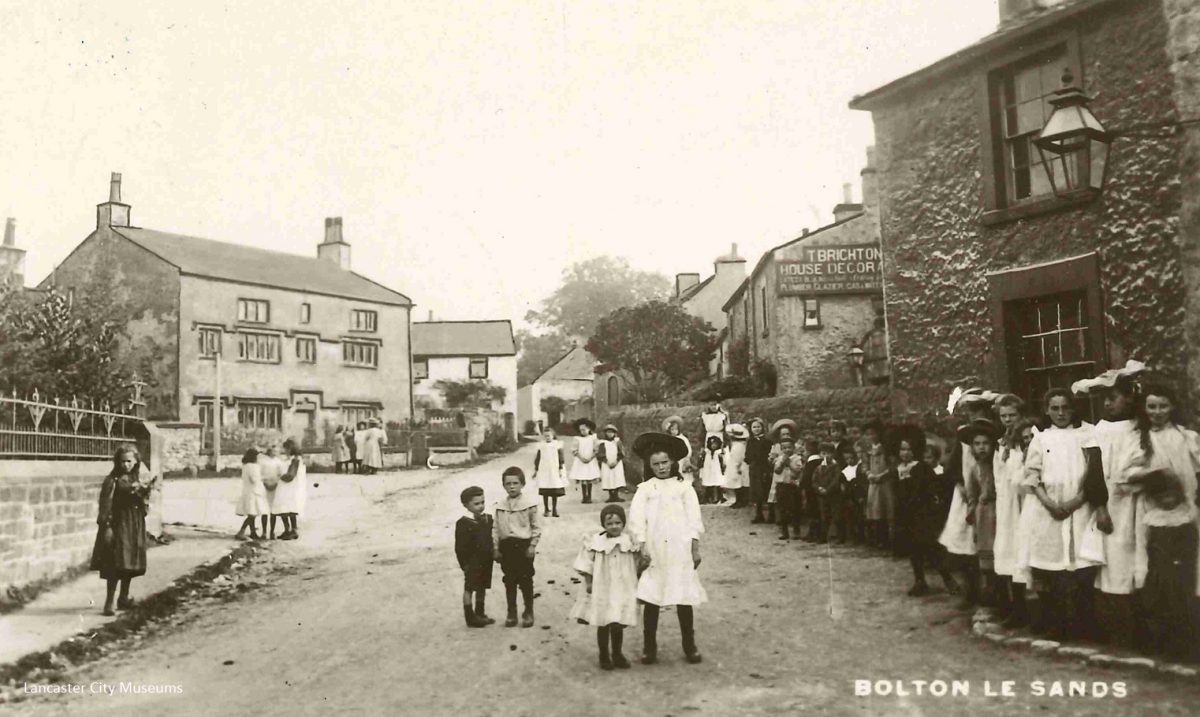Bolton was named ‘by the Sands’ and then ‘le Sands’ to distinguish it from Bolton-le-Moors – which we now know as Bolton.
Bolton-le-Sands was first recorded in the Domesday Book as ‘Bodeltone’. It comes from the Old English ‘bōǷl’ meaning ‘a dwelling or house’ and is pronounced ‘bothel’. It is also turns up in Bootle (near Liverpool) and Fordbottle on the Furness peninsula.
Bolton is common in Yorkshire and can also be found in Scotland, the North-East and the North-West. The furthest south it is found is just south of Manchester. Perhaps it is connected to the Anglo-Saxon kingdom of Northumbria, which also controlled parts of what is now southern Scotland.
So, it means the ‘tun’, which is a larger settlement (possibly with an administrative function), that is made up of a number of dwellings or houses.
Bolton-le-Sands was a significant place. It has an ancient parish, which was perhaps formed in the 900s. This was when the hogback stone was created – a fragment of which can still be seen in the church.


